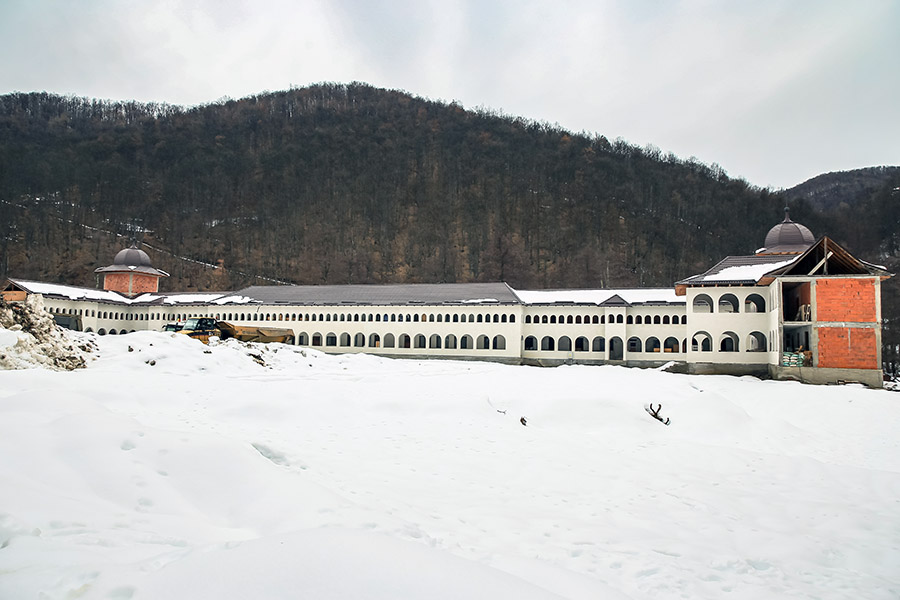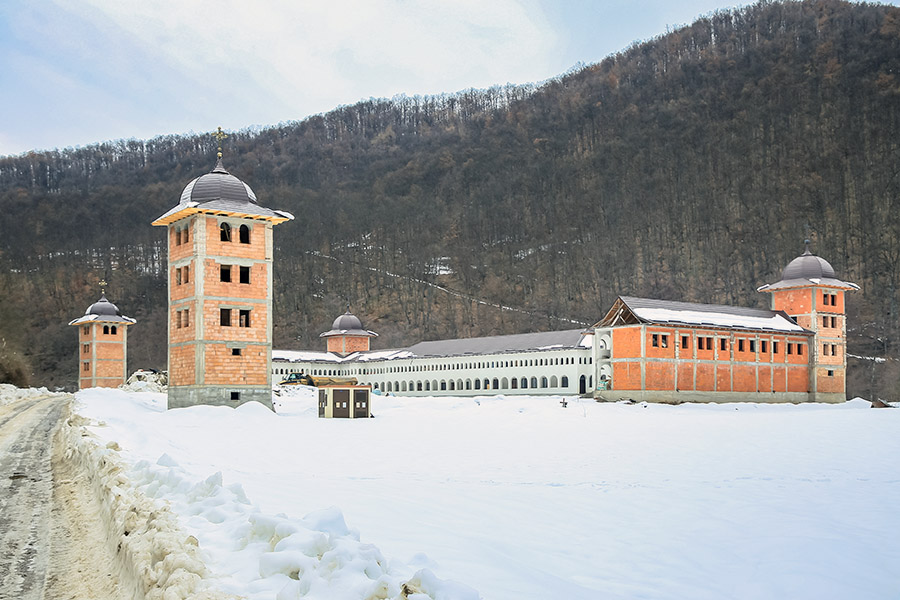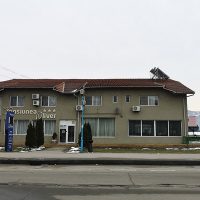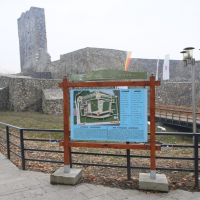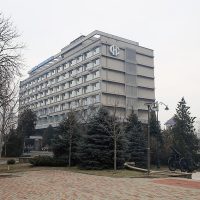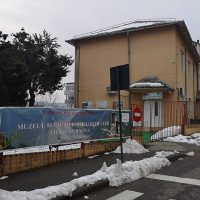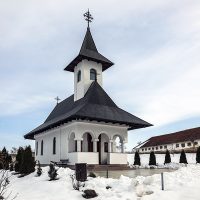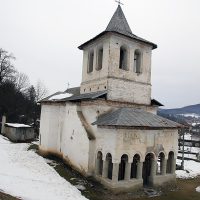








It was built, according to an old tradition, by Saint Nicodemus of Tismana. On the occasion of the archaeological excavations made here in 1936, Professor Al. Bărcăcilă, manager of the “Traian” High School in Turnu-Severin, revealed the ruins of two churches: one older, larger, and one newer, with thinner walls. About the first church it is believed that it was founded by Saint Nicodemus himself. About the second church is believed to have been founded by a boyar named Hamza. In a letter from April 10, 1493, addressed to the abbot of the Tismana monastery, the prince Vlad Călugărul reminds of the Coşuşte monastery and its abbott. In 1719, among the monasteries in Oltenia, among the “chapels”, the monastery of Crivelnicul was included also. In the first half of the eighteenth century, an Austrian captain, Friedrich Schwartz, mentioned in his maps a monastery located on the left bank of the river Coşuştea, between the waters of Sinteasca and Lapusnic, between the villages Dâlbociţa and Racoviţa. In the 14th and 15th centuries, on the territory of the present Ilovăţ commune, there was a monastic settlement, which was ruined in the 18th century. The settlement was re-established as a monastery of monks in May 2005.
Download PDF